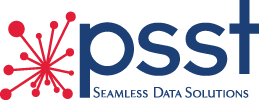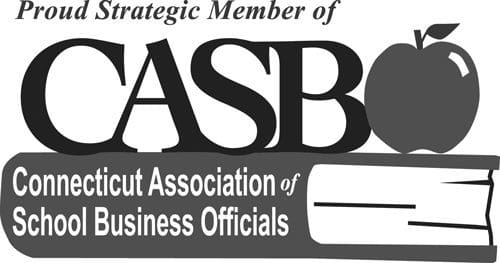When it comes to saving time, money and resources for K-12 Human Resources, Payroll, Finance and Benefit administrators, interoperability is the key.
In the K-12 central business office, it’s quite common to use disparate systems to perform daily administrative assignments. As a result, administrators work with manual and redundant processes. Often, preparing payroll or managing substitutes requires pulling information from spreadsheets, using a mail/merge program and even entering data manually. Onboarding a new hire can take several days and pass through multiple staff because of the required paperwork.
The irony is, all of these redundancies and spreadsheets are happening despite K-12 district offices having more technology than ever, yet very little of it is truly integrated. This lack of interoperability wastes time, money and resources for K-12 central offices.
What is Interoperability?
By definition, interoperability is the extent to which information systems and software applications can communicate with each other so data can be shared, accessed and used with minimal manual processes. Interoperability also allows systems to connect in a secure, controlled and coordinated manner.
We experience interoperability every day. For example, think of how your email links with your smartphone or bluetooth links with your car. We use these devices every day without thinking about how they communicate with each other in a seamless, integrated way.
The commonplace presence of interoperability makes it a viable solution for breaking down the barriers between data systems and software used by K-12 administrators. Understanding the benefits of interoperability, however, can be a challenge for K-12 central offices. Plus, business requirements for K-12 administration are different from business enterprises – not to mention the numerous federal, state and local reporting and accountability requirements for school systems.
The Cons of Point-to-Point Integration
Many K-12 systems attempt interoperability by using point-to-point integration, which connects only two components that need to communicate with each other. When more than two components are needed to be connected, additional point-to-point integrations must be created. Several things happen with this integration approach, including:
- The different systems and software do not operate in real-time together.
- When more than two components need to be connected, additional point-to-point integrations must be created.
- Over time, numerous point-to-point integrations cause the overall administration system to become weighty and brittle.
Issues also arise when an application needs updating or more connections are needed. This drains the internal resources and eventually becomes unmanageable. It becomes only a matter of time before one of these events causes all the other components to fail.
iPaaS Technology & Interoperability
iPaaS (integration Platform as a Service) technology improves interoperability with flexibility and scalability that is not achievable with point-to-point integration. Unlike point-to-point integration, iPaaS technology allows multiple data systems, sources and software to be connected fluidly. The integration is bi-directional and intelligent, which permits the use of updated and accurate data at all times.
Although interoperability has a presence in K-12 education technology, the central office administration functions do not receive the same attention regarding the integration of data systems. Educating administrators and school districts on what interoperability is and what this technology can mean to their central office staff is a crucial step to moving toward a more efficient and effective system.
PSST was founded in 1990 with a vision for improving efficiencies for K-12 and business administrators with integration and compliance solutions. Over the decades, PSST has established a reputation for its client-centered service and integration and compliance solution that save time, money and resources for K-12 districts and businesses. We provide improved interoperability for Human Resources, Payroll, Benefit and Finance information systems and related software products, allowing clients to use their data when and how they need it in a secure and seamless environment.






